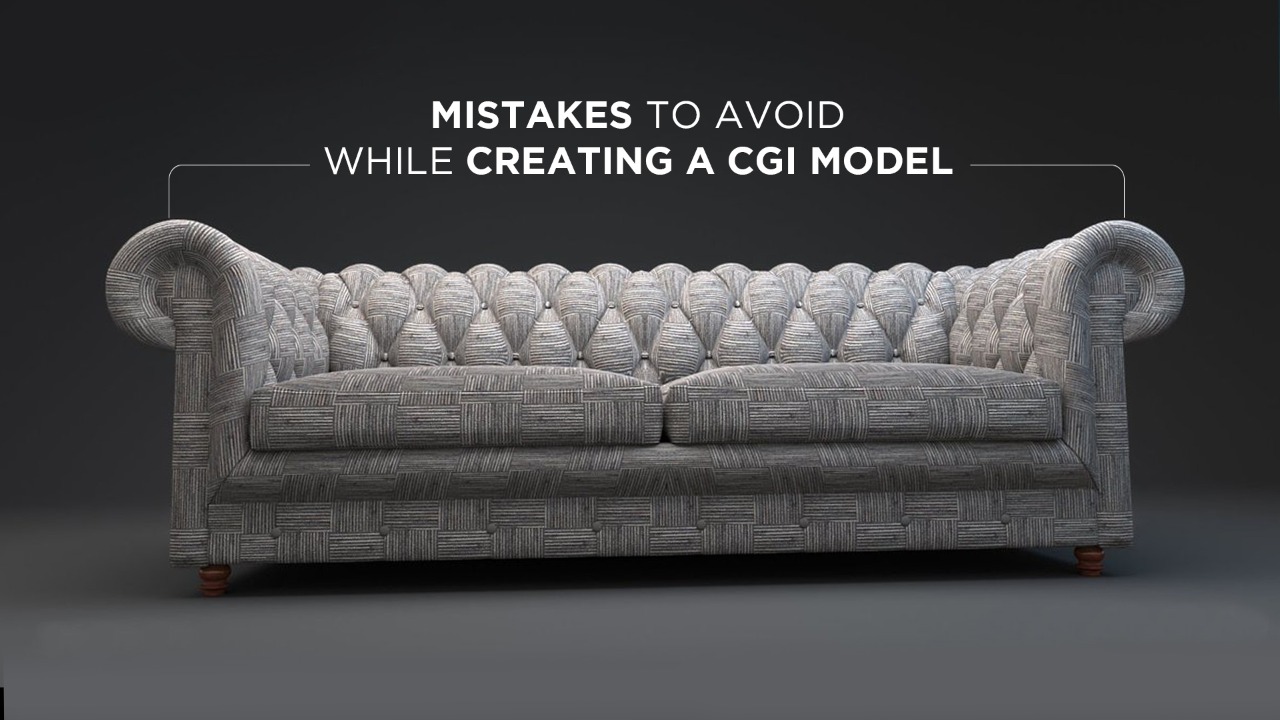
CGI is becoming ubiquitous around eCommerce businesses these days, for its countless advantages – such as flexibility, reduced cost, quality outcome and shorter turnaround time, etc. It is widely used to create 3D visualization and product images from the scratch and use those images in online stores. Although CGI brings you numerous opportunities, one must know how to harness this technology to derive the desired outcome.
Let’s look at some of the important considerations that you need to keep in mind before creating a model in CGI.
Not Enough References
Before commencing any 3D work in CGI, you must always have enough references to accurately create a real scene. Ensure the reference images are:
- Lit enough – Objects must be clearly seen and understood, with no parts hidden by shadow
- Having a sense of proportion – It is crucial for large scenes to have multiple objects of different scales. For example, when looking for a reference image for a tree, it’s best to have a person standing next to it. When a human figure is included in a photo, it provides an immediate sense of scale and proportion.
- Detailed enough – To create a photorealistic render, it is recommended to have as much as details possible. In fact, it is advisable to use multiple reference images while aiming for photorealistic outcomes.
Perfect vs. Realism
CGI enables you to create perfect images that look even more realistic than the real-life photos. But it is important to have a line between realism and perfection. As an almost perfect image may not always look real. For example, while creating an image of a sofa in CGI, add some imperfections like wrinkles into it, for it to appear more natural.
Full Blown Images
While creating a CGI scene, it is advisable not to go for full-blown images as it may distract the buyer from focusing on the main product line. So rather than opting for full-blown image, go for the minimal option which captures a product from one wall where either one or two props are included in the scene along with the primary product.
Too Dark or Too Bright Raw Renders
When there is high contrast in renders before they are post-processed, the light and dark become lighter and darker, respectively, and as a result, after a certain contrast level, some parts become completely white and some parts become completely black. Eventually, these parts lose their RGB value.
Using JPEG for Saving Your Renders
Saving rendered images in JPEG format should be avoided because with saving in JPEG format over and over, the quality of the image decreases gradually.
Using a Single Software for Everything
Everyone has their own preferences for software. If you’re comfortable with using Blender, you’re more likely to do everything using it. However, it’s recommended to use more than one 3D software – based on their strengths and features associated with the task being performed.
Not Using the Best Angle
It is crucial to choose the best angle in the scene that showcases the product in the best way for which the 3D interior design is being created. Therefore, we need to choose the view that best highlights the product according to both the type of product and the client’s requirements.
Reusability of Scenes and Models
It is advisable to keep the scenes and models for future use, as one model created once can be used in different scenes and lighting conditions. Similarly, once you have created a scene, different products can be visualized in it, which can help you in cost saving.
CGI being used on a broader level to generate high-quality content, used by e-Commerce to display products on their websites. With a few measures that need to be kept in mind while generating CGI content, one can achieve phenomenal results.